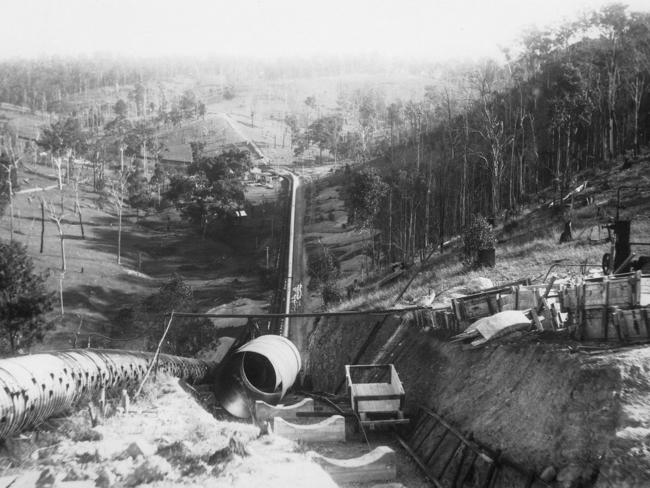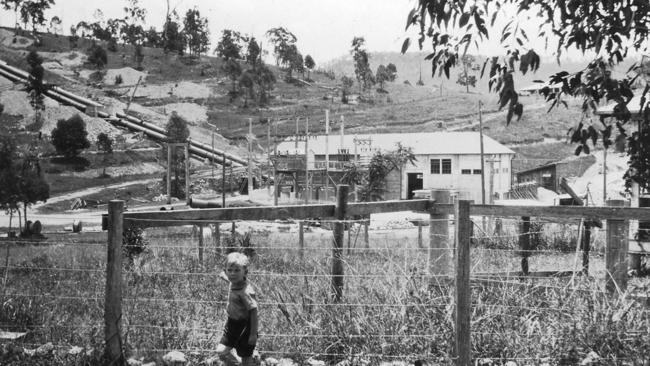Historic Nymboida Power Station hits 100 years old
History buffs and community leaders in the Clarence are celebrating a historic milestone for an iconic hydro-electric power plant.

Grafton
Don't miss out on the headlines from Grafton. Followed categories will be added to My News.
Popular tours have been underway at a historic hydro-electric power station on the Northern Rivers, which is now a century old.
Clarence Valley Council and Nymboida community leader Lyle Gilmore held a sold-out tour of the Nymboida Power Station site on Sunday.
It seems many who missed out on a ticket to tour the hydro-electric facility are lining up for another chance hoping to see the heritage-listed machinery inside.
The power station was built by Clarence River County Council (CRCC) between 1924 and 1936 and stopped operating in 2013, when flooding caused major damage.
Hailed as the Australian mainland’s largest power plant of its kind, the facility brought electric lighting to Grafton when it was opened by Dr. Earl Page (to a standing ovation) on November 25, 1924.
Within one year, the power station was serving 1050 consumers in North and South Grafton and Ulmarra, plus 50 rural users.

Clarence Valley Mayor Ray Smith opened the celebrations by praising the power station as “a remarkable building” that was “brimming with character and history”.
Established by CRCC in 1922 to oversee the Nymboida Hydro-Electric Scheme, the power station has been managed by various public authorities over the years – that organisation, the Northern Rivers County Council (NRCC), Northern Rivers Electricity, Country Energy, and Essential Energy.
“In 2021, Clarence Valley Council acquired the infrastructure and the water license from Essential Energy to secure the drinking water supply for the Clarence Valley and Coffs Harbour regions,” Mr Smith said.

In 1924 the station had three turbines and alternators generating a combined 800 kilowatts of electricity. In 1927 a fourth turbine, generating 750kW, was added to the south wing.
An eastern wing, housing three turbines generating a combined 3000kW Hour was built between 1933 and 1936 to further boost capacity to about 4.5 megawatts.
Running at full capacity, 8650 megalitres of water was discharged daily – the equivalent to filling 144 Olympic size swimming pools every hour.
In times of drought, power was fed back from a diesel plant in Lismore, from about 1930.
During its operational years, the power station used water from the Nymboida River, returning it downstream to Goolang Creek, a testament to its innovative design.
The power station has world heritage machinery like the Armstrong Whitworth turbines, and some Clarence residents have called for the power station to be made into a museum.
Clarence Valley councillor Greg Clancy said that was what he would like to see happen.
“I believe it has great merit. If enough councillors support the idea and funding can be found it could happen,” Mr Clancy said.
Got a news tip? Email catherine.piltz@news.com.au




